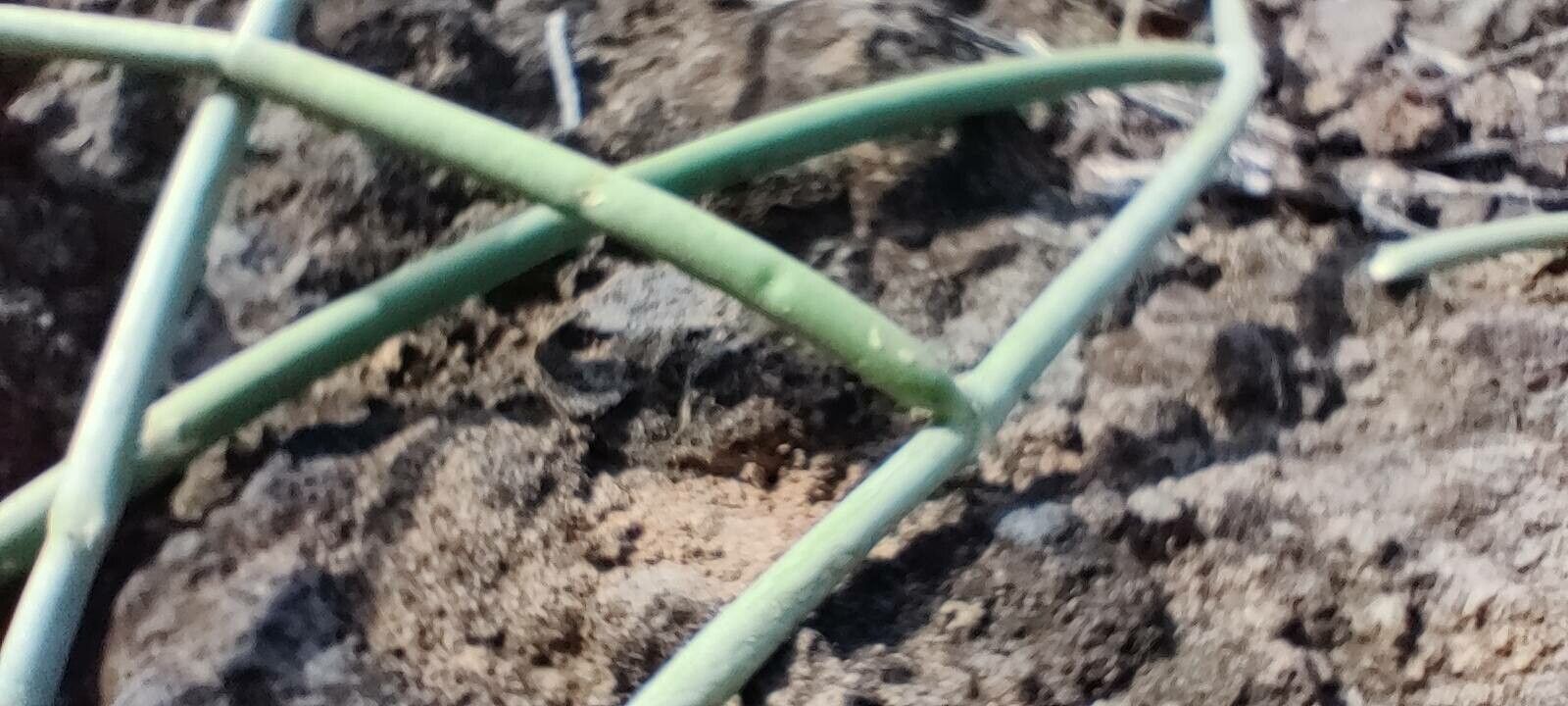Unlocking the Secrets of Cynanchum daltonii Propagation: A Guide to Growing this Enchanting Climber
The world of plants is full of hidden treasures, and Cynanchum daltonii is one such gem. This captivating climber, native to the Himalayas, enchants with its delicate foliage, intricate blooms, and vigorous growth. If you’re looking for a unique addition to your garden that offers both visual appeal and intriguing biology, Cynanchum daltonii is a perfect choice. And the best part? Propagating it yourself is a rewarding endeavor, easily achievable with a few simple techniques.
Understanding the Basics
Before we delve into the “how-to,” let’s familiarize ourselves with this fascinating climber. Cynanchum daltonii belongs to the Apocynaceae family, known for its milky sap and often complex floral structures. This particular species exhibits slender, twining stems adorned with vibrant green, heart-shaped leaves, which often take on a captivating bronze hue when young. Come summer, clusters of maroon star-shaped flowers emerge, adding a touch of exotic elegance to the garden.
Propagation Methods
The beauty of propagating Cynanchum daltonii lies in its versatility. Here are two popular methods that yield excellent results:
1. Stem Cuttings:
This method, best undertaken in late spring or early summer, utilizes the plant’s natural ability to regenerate from stem sections.
- Select: Choose healthy, non-flowering stems with at least two nodes (the bumps where leaves emerge).
- Prepare: Using a sharp, sterilized knife or pruning shears, cut a section of stem about 4-6 inches long, making a clean cut just below a node. Remove leaves from the lower half of the cutting.
- Plant: Dip the cut end into rooting hormone powder (optional but beneficial). Plant the cutting in a well-draining potting mix, burying the bottom node.
- Care: Water thoroughly and place the cutting in a warm, bright location, avoiding direct sunlight. Keep the soil consistently moist but not waterlogged.
- Rooting: Within a few weeks, roots should start to develop. Gently tugging on the cutting will reveal if it has successfully rooted.
2. Layering:
Layering encourages root development while the stem is still attached to the parent plant. It’s a relatively foolproof method, particularly effective in late spring.
- Choose: Select a flexible, healthy stem close to the ground.
- Prepare: Lightly wound the underside of the stem with a small cut or scrape just below a node. This encourages root development.
- Bury: Bend the wounded portion of the stem down and bury it in a shallow trench filled with moist potting mix. Secure the stem in place with a small rock or landscape staple.
- Care: Water the layered section regularly and maintain consistent moisture.
- Separation: After a few weeks, gently tug on the buried stem. If you feel resistance, roots have formed. Sever the rooted section from the parent plant and pot it individually.
Tips for Success
- Well-Draining Soil: Cynanchum daltonii thrives in well-draining soil that retains moisture without becoming soggy. A mixture of peat moss, perlite, and vermiculite works well.
- Warmth and Light: Provide your cuttings or layers with a warm environment and bright, indirect light. Avoid harsh, direct sunlight which can scorch delicate new growth.
- Patience is Key: Propagation takes time. Resist the urge to disturb your cuttings or layers frequently. Be patient and provide consistent care.
Propagating Cynanchum daltonii is a satisfying endeavor, allowing you to expand your garden collection with this captivating species. By following these straightforward methods and tips, you’ll be well on your way to growing an abundance of these enchanting climbers, transforming your outdoor space with their unique allure.

